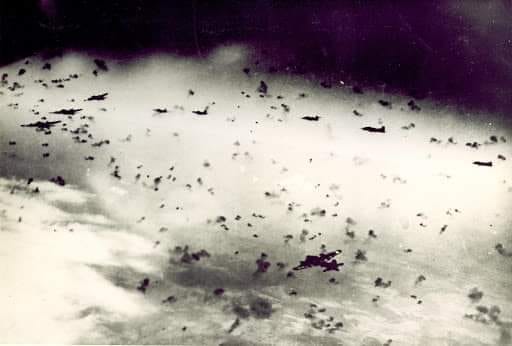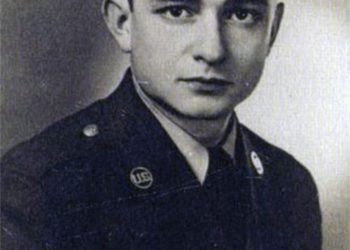The Evolution and Impact of German Flak in WWII

Ironically, what pushed the Germans to develop performant and accurate air defense guns and gunnery practices from the 1920s onward was the Versailles Treaty: designing and manufacturing guns secretly was easier and more discreet than manufacturing bombers!
The Germans would deploy Flak batteries and battalions to protect whole areas (industrial centers, airfields, bases, and cities). Flak would follow two main tactics: Following fire, where the guns would target bombers and follow them along, or a static barrage, where the guns would fire shells in one area to saturate it. Keep in mind that depending on the altitude at which some bombers would fly, it would take the shells up to 30 seconds to reach them, so gunners had to give the targets a good lead (shoot ahead of them).
Technological Advancements and Tactics
The German response became faster as they adopted Early Warning Radars. Later on during the war, some of their guns would be fed data and firing solutions directly from the radars themselves. The aim was not to hit the planes with shells, but rather to saturate the air around them with shrapnel. The shells fired were standard high-explosive (HE) shells equipped with a time-delay fuse. The shell would explode mid-air, flinging shrapnel all around. Those fragments would rip through the bombers’ outer skin and plexiglass, sever fuel, oil or hydraulic lines, cut electric cables, damage subsystems and instruments, wound or kill bomber crews, and set fires.
In several analyses regarding casualty rates and causes for B-17 flying bombing raids over Germany during the summer of 1944, those figures were reported: an average of 34 casualties per 100 hits were caused by German Flak. Eighty-six percent of bomber crew casualties were caused by Flak. Keep in mind casualties include both wounded and killed airmen. Also, keep in mind it took hundreds of shells to be fired to score one hit.
Impact on Bomber Crews
Navigators, waist gunners, and radio operators were the most exposed positions in a B-17, closely followed by tail gunners. Flak accounted for around 50% of US bombers shot down from 1942 up until 1945, after which, with the Luftwaffe being a spent force, Flak became the most efficient German bomber killer for the last few months of the war. That’s a total of just over 2400 US bombers shot down by Flak between 1942 and 1945.
Legacy of German Flak in WWII
German Flak in WWII was probably the best air defense in the world. It was also terrifying for bomber crews to confront. As a B-17 gunner once said, “You could shoot at a fighter, you couldn’t shoot at a puff of smoke”. -RBM.









